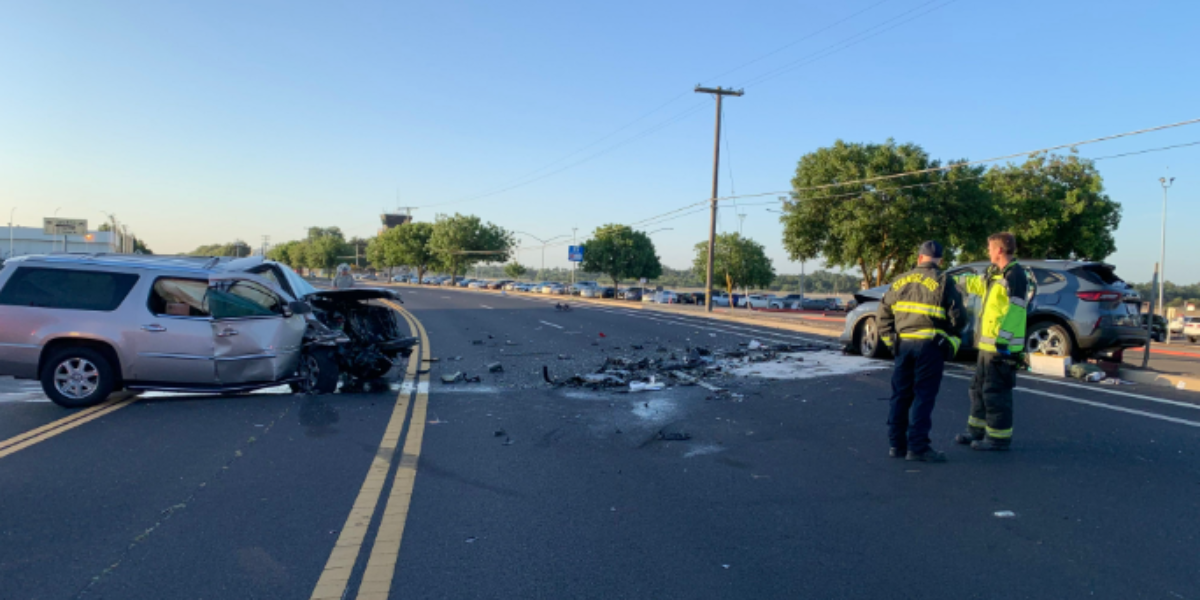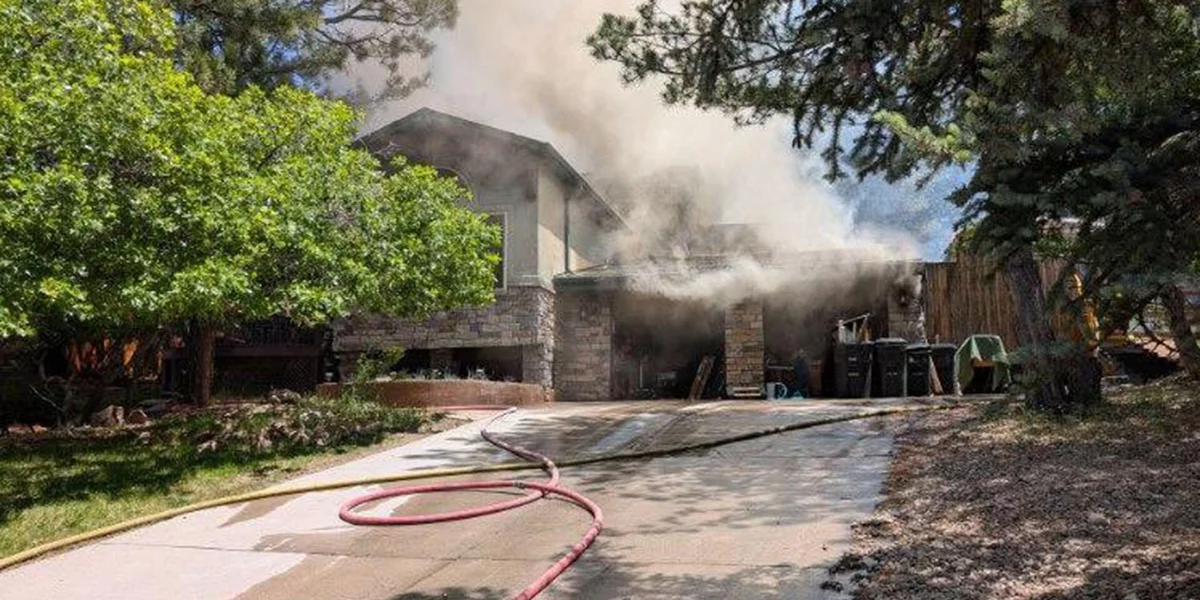Ohio – As the new school year begins, thousands of Ohio public school students find themselves without access to the traditional yellow school bus due to ongoing transportation challenges. With an expanding private school transport system and a persistent bus driver shortage, public districts in Ohio are canceling bus services for many high schoolers, intensifying the strain on families seeking reliable transportation for their children.
The problem stems from Ohio’s complex and strict transportation regulations combined with a growing universal voucher program that funds private school attendance but places costly transportation mandates on public school districts. In many cases, districts are required to provide bus service to both public and private school students, even on district holidays or during mechanical failures, forcing some to cut services to their own students or leave them reliant on less efficient public transit options.
The Impact of Expanded Private School Transportation Mandates
The expansion of Ohio’s EdChoice voucher program, which added nearly 90,000 students over four years, has deepened disputes over transportation logistics. Public school districts are legally obligated to transport K-8 private and charter school students, and extend the same level of transportation offered to public high school students to their counterparts in private schools.
- Dayton Public Schools runs 54 bus routes for public students and 74 routes for non-public students.
- Districts are required to provide rides even on their holidays and when buses break down.
- Some districts are canceling all public high school transportation, offering city transit passes where available as an alternative.
Ronnee Tingle, a Dayton mother, expressed frustration over the diversion of public funds to transport non-public students while her teenage children attending public high school must rely on city buses.
“To know that they are having to take those public dollars to funnel into other entities is not a fair situation, and I don’t think that it’s right,” said Tingle.
Her daughter, Suelonnee Tingle, a senior, reports the challenges of adapting to fluctuating public bus schedules and the complexity of ensuring punctuality.
Financial Strain and Operational Challenges for Public School Districts
Public school district leaders highlight the financial strain transportation duties impose. Dayton Superintendent David Lawrence called the situation ‘madness’ given that the state legislature is redirecting roughly $2.5 billion toward the voucher program while still expecting districts to cover transportation costs.
Lawrence explained that dismissing transportation requirements for students attending private and charter schools could allow districts to provide more efficient door-to-door services for all public students.
“If we didn’t have to transport charter school and parochial students, we could transfer all of our students almost door to door from K through 12,” stated Lawrence.
The costs of operating transportation systems in large districts are significant, including expenses such as:
- Buses that cost over $150,000 each
- Mechanics earning approximately $66,000 annually
- Maintenance departments costing over $1.1 million
- Bus drivers earning about $22 per hour with benefits
The increasing competition for drivers from higher-paying and more flexible delivery jobs exacerbates recruitment challenges, often referred to as the ‘Amazon effect.’
Political Perspectives and Legal Disputes
Republican State Senator Andrew Brenner, chair of the Senate Education Committee and school choice advocate, disagrees with the claim that the state faces a crisis. He attributes the issue to districts excluding voucher students and accused them of misusing state funds intended to offset transportation costs.
“That’s a completely inaccurate description,” Brenner said, adding districts receive $1,500 per student for transportation costs.
Meanwhile, prominent districts like Cleveland and Columbus have faced criticism and lawsuits over their handling of transportation for voucher students. Columbus schools, which manage extensive transportation routes for both public and private students with a budget exceeding $75 million, argue that including voucher students in their routes is unmanageable.
Ohio Attorney General Dave Yost has highlighted the personal toll on families required to find alternative transportation suddenly:
“Parents are being forced to quit their jobs, rearrange their lives and scramble for transportation, while the school board fails to meet its legal duties.”
Looking Ahead: Calls for Legislative Reforms
Leaders from Ohio’s largest urban and suburban districts, collectively known as the Ohio 8 Coalition, urge lawmakers to update outdated transportation laws to reflect current realities.
Among ongoing efforts, a state-mandated study group was formed to address key transportation issues, such as how to transport non-public students when school districts are closed. However, its recommendations are not due until June 2026, leaving families and districts to contend with challenges in the meantime.
Read Also: Arizona Town of Wenden Sinks Nearly 3 Inches Per Year Amid Fierce Fight for Groundwater
Senator Brenner encourages collaboration among public schools at the county level to share resources and streamline transportation services.
For more details on this developing story and its impact on Ohio families, please visit the original report on CBS News.
Key Takeaways:
- Ohio public schools face transportation cutbacks for thousands of high school students amid expanding private school busing responsibilities.
- State regulations require districts to serve both public and private school students, creating costly operational challenges.
- Financial and staffing shortages force districts to redirect funds and limit services for their own students.
- Legal battles and political disagreements highlight complexities surrounding school choice and funding.
- Updated legislation and cooperative county-wide transportation solutions are suggested as paths forward.
What do you think about this transportation challenge facing Ohio students and families? Have you experienced similar issues in your community? Share your thoughts in the comments below!


 by
by 

